What is a good tournament bag? Well it depends on the player and the course. Today we are going to look at some general ideas as to how to build a bag and then set you free to spice it up anyway you want. This will not be diving into Brands, Speeds or Plastics, it is just a way for folks to get started thinking about what is in their bag and what may be missing.
petecollins.com
patreon.com/petecollins
dfxdiscs.com/pete
Well, hey folks. Special shout out to my buddy Sawyer who asked a question. Hey, how do I build out my bag to get tournament ready? Uh, and I thought it was a great idea. So, we’re going to talk about it right after the [Music] intro. Okay. So, I thought about when I was going to do this, was I going to start like with the putters and move my way up and what would be the best way to do it? I thought about trying to tackle this from the idea of somebody brand new starting out and building your bag up. But then I thought the better thing to do maybe to give the big picture idea of kind of what you’re wanting to build towards so that then you could map out your own way of getting there. Sort of like those old video games where you could plot out where to go. sort of like, you know, the goal is to rescue the princess, but you get to decide, do you go through the trolls or do you go through the cave? You know, you get the idea if you’re old like me. Um, but so this is kind of the way I want to say it is this is kind of a baseline ideal bag for a tournament play with a caveat of you can change and spice this up all you want. But this is kind of really when I’m going to think about a tournament or if I’m just going to go play league or I’m going to go play a new course, I’m wanting to set my bag up kind of like this so that I’m ready for whatever is going to be thrown at me. And that’s where we’re going to start with this. And so you can see right away I have distance, fairway, mid-range, and putter. And all three of them share some of the same categories. they have. You want a overstable, you want something that breaks pretty good to the left, something that’s a pretty straight flying disc, and then one that’s underststable that’s going to turn to the right. And that way, you’re going to be able to with each one of these, you’re going to be able to tackle uh all the shots you’re going to need to make with those. Don’t you go, “Oh, it’s always the roller that’s going to be trouble.” All right, but we’ll get to that in a minute. So now, if I’m going to a new course or a tournament, I’m thinking, do I have all these covered? I want to make sure I have my standard down the middle of all four of these. So that’s right now that’s that’s 12 discs right there. But then I also want to make sure I have an over very overstable approach disc. Uh, you know, depending on where you want to go on this, do you want a two, three, do you want a five? You want something that you can really crank over uh when you need to approach something. But that’s that’s by choice. Some people can skip that and just be very good using the putters. So, you’ve got to decide on that. Then, how many rollers do you want or do you want to have rollers at all? There may be some courses where rollers don’t even matter. But then, I think you always want to have the very overstable. Whether it’s your distance driver or your fairway driver, you want I call it the utility disc because things happen like the wind blows your putter, but you’re going to get in situations where you’re going to need that extra overstable if it gets real windy or you really got to make that shot where you’ve got to throw out of the woods and have it fight back the other way. So, uh the roller is is really I would have all of these This would be my base right here. This would be what I’d have if I couldn’t have anything else. I would make sure I had one of each of these. Does that make sense? We’ve got our baseline in the middle and then we’ve added an overstable mid-range or approach disc and then an overstable fairway distance driver, maybe a Firebird or something like that. Uh so that we have that extra stability when things need a little bit different shot. But so that’s my base tournament bag. But then depending on the situation, I’m going to go where it’s wide open fairways, kind of a golf course. I definitely probably want to throw in a roller. And then I know instead of a roller on one, I may know that it’s going to be tightly wooded and I’m going to have to do a lot of shot shaping. I may want to put in a very flippy putter as well. As a matter of fact, if it’s going to be a lot of that kind of shot shaping, I may want to go ahead and grab an extra flippy mid-range to put in there. Okay, so you get the base and then you season it according to the course you’re going to play. Now, the other thing right off the bat, well, I’ve already been talking a little bit. You want to have backups of your main ones. Like even in this, I’m gonna have my certain special ones like my my straight mid-range. Obviously, my putters, a lot of times you’re not throwing those as much that you might lose those. But your fairways, distance drivers, you might want to have backups, especially your distance drivers, if it’s going to be windy or things like your putter keeps falling off or there’s water, you want to make sure you have good duplicates of these because out on the course, if you lose this guy, well, you could play with this guy here, but what if you lose this guy? Well, I hope your forehand’s really good because you can’t do the turnover backhand shot as much as you could in the past. So, you’re going to have to really rely on cranking your forehand. That’s where the bag can kind of adjust. If you’re a forehand player, you’re probably going to lean more on these guys over here. So, you might want to throw in another one. All right. But if you’re a woodsman that likes to craft the shot or whatever, you may find one that you need to have a little more in here to add a little more flavor to it. That’s the joy of building your own bag. Remember, we’re all individual players with individual strengths and weaknesses. So, most of us are looking for that mid-range stable base to build our bag, but then we’re adding into the slots that we really want to lean on. If I’m a big roller guy, I may have a couple different rollers or I can use the roller as a get out of jail free kind of disc that I’m throwing on on steep heiser this way and it’s flipping up this way to get out of the woods. Uh, you get to flavor that. I think one of the biggest things that I always work on is how many mid-ranges. Whoop. Obviously, I didn’t need that one. How many mid-ranges? Uh, because I like I like my mid-ranges a lot. So, then I’m going, okay, I want straight, but I also want a little of this. I may end up having seven mid-ranges where some people may only have three. This is where you get to decide what’s the most important thing for me. Fairways. Uh maybe that one’s a little too overstable. So, I want something to kind of bridge the gap between those two. Does that make sense? Build a base of good solid discs. One that goes right, one that goes left, one that goes straight in each one of the categories, putter, mid-range, fairway, and distance driver. and then decide where your game wants to go, where you tend to be more uh comfortable or or those are the shots you’re going to lean on during a tournament. Remember, tournament play, whether it’s league or or anything else. Uh there’s a lot of stress to it. There’s a lot of chaos. There’s a lot of stuff going on. So, you want to have the disc that you feel most comfortable with that you can lean on. So, you know, if you know that you’re you suck at throwing rollers, you don’t need to have a roller in the bag, but you want to have those base discs just in case because you may step up to a hole and find yourself in a shot that you haven’t practiced for. So, you need to be able to have a disc that you can confidently go, “Yeah, I can use this to make that shot.” And that’s why I think this is not a perfect system. You know, this is me on a wall with some sticky notes, but I think it hopefully will give you some ideas of where you need to start thinking about. So, let’s let’s take some of this stuff off if I can keep. So, here’s the base that I would say is kind of the goal where you want to go with when you’re starting out building your bag. But, I think there’s even a hierarchy here of you’re wanting to start really to build out, I think, putter mid-range and then you can work on your fairway and distance. Now, we want to have good stuff up here because we do, let’s face it, distance is great and it helps you get places. But when you’re just starting out, I would really make sure that I’ve got this solid because this is going to teach you a lot of basics about throwing, but also you’re going to get to courses where you spend a lot of time throwing these guys and maybe only spend time throwing these somewhat, especially when you’re learning. But then I would just almost in level of importance, I’d almost go from bottom to top building out your bag. If you’re going to have to buy, you know, let’s say you’re starting out and you got I’ve only can buy four discs. Well, if I was going to do that, I would go with the putter mid-range and I would do an overstable fairway. And to be honest, I would probably do a an overstable approach disc if I could only get four. That’s where I’d start. And then I’d start building up from there. Usually most folks can can handle four discs. And so you can do so much with just a putter mid-range approach and an overstable, not too overstable, you know, something like a T-Ird or something like that is going to be great to start with, but then an overstable approach disc because what you can learn to do is you can learn to shape the putter in the mid-range to do a lot of shots. The fairway you can use both forehand and backhand. And same thing with the approach disc. And I can spend most of my time, as a matter of fact, at instance, this is about all I carry a lot of times. Uh, you can do a lot with that. And then you start going, “Okay, boy, I really wish I had this to make this shot at this course, especially a home course.” And you just start building it out. Does that make sense? We’re trying to develop a base of discs that we know we can count on no matter where we go. And then we’re having extra discs on the wings that we can shuffle in and out according to uh the course, the type of play. If we’re going to a serious tournament where we can’t run to our car, grab our discs, and then also the conditions. If it’s really windy, well, then we’re going to really be hanging out over here on the overstable stuff and we don’t need as much flippy stuff over here. Whereas, if we’re going into the woods and we’re wanting to really control stuff, we may spend more time over here on the flippy stuff than the overstable stuff. There you go, guys. I hope that makes sense. I hope that just is a good kind of oh yeah, I have this slot that I haven’t been working on or if I’m just getting into disc golf, which I hope a lot of you are, welcome. Uh that makes some sense that you want to build a nice central base and then spring off of that with the other discs. I hope that makes sense and that can inspire you to kind of maybe even get on a there’s some great apps and websites out there. I think one of the the best ones to look at might be try.com. I’ll put a link to it. I don’t have any affiliate or anything like that, but you can kind of build out your own bag and see where the holes are that you might want to go, hey, I haven’t thought about putting this kind of disc in that slot. But that would become very handy, especially if I’m going to a tournament to make sure I have that slot covered. Well, there you go. That’s all I got for today. Thank you so much for hanging out with me. I hope this makes sense. This, you know, a lot of times this makes a lot more sense in my head, but then when I try to get up here and explain it to you, you know, my mind goes all over the place. So, please leave some questions, comments, and we can talk about this some more. I’m sure you have some great ideas that you want to share with the rest of the world. So, please feel free to leave those in the comment. But remember, we’re going to be civil. We’re going to be encouraging. We’re going to create a community o of grace and happiness around here. We don’t need to clobber each other. We just need to build each other up. This is a wonderful community. We’re just throwing discs out in the park and it’s so wonderful. So, let’s keep that in mind when we’re leaving comments. But there you go, guys. Thank you so much. Make sure to like and subscribe if you are new. I love that. Also, you can check out my Patreon channel. And we’re just going to keep doing this.

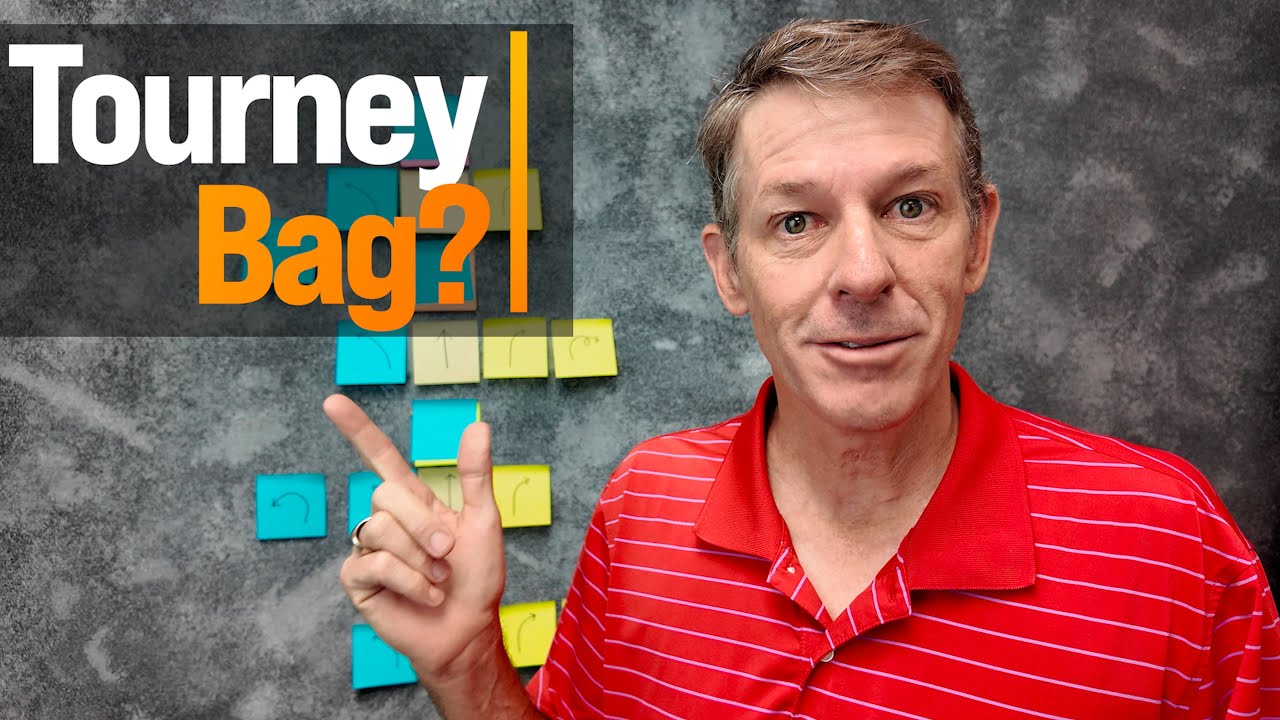
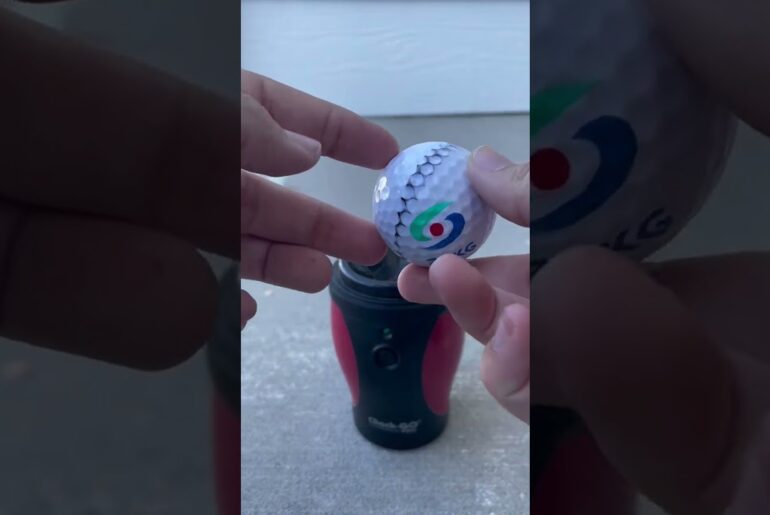

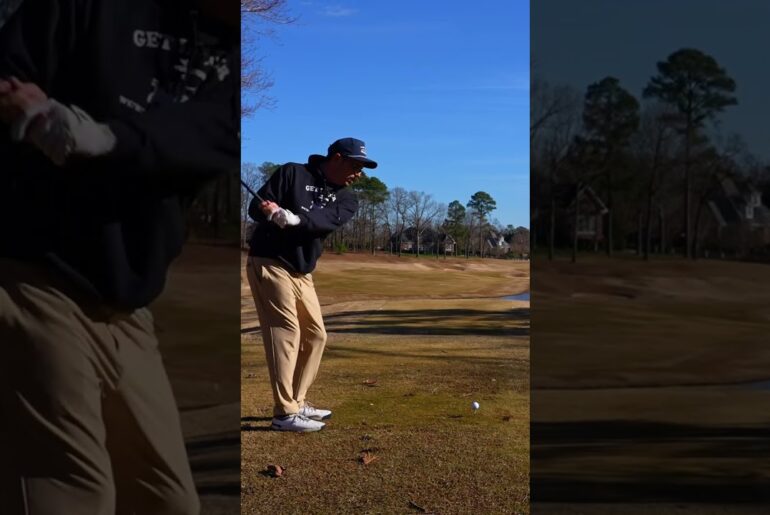
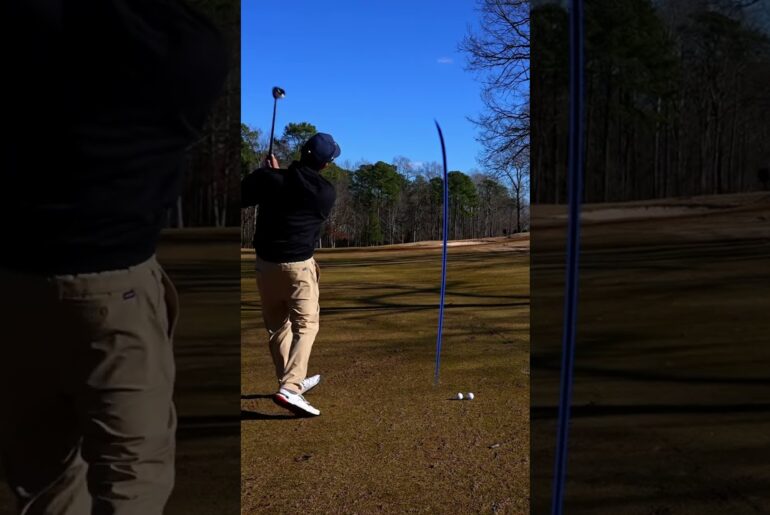

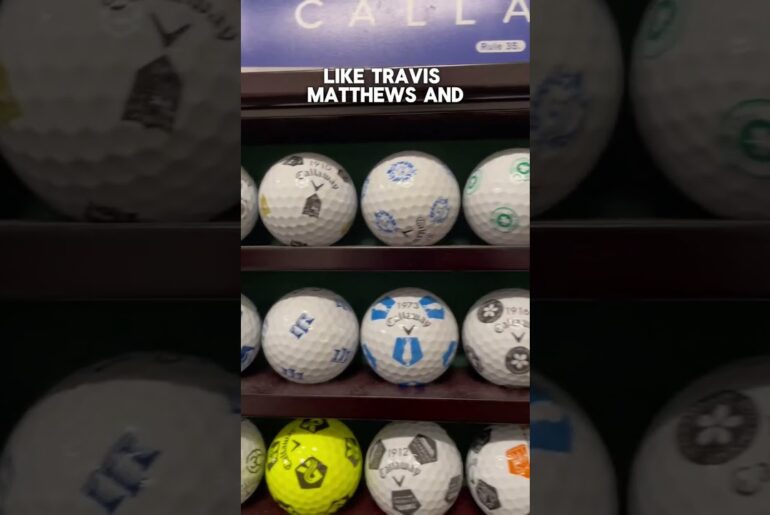
10 Comments
Thanks Pete! The sticky notes were helpful, even though some of them were failing their name =D
Berg, Buzzz, Pyro, and Thunderbird. I think that's about 75% of my throws on any given course.
I sprinkle the occasional Balance, Detour/Lobster, Firebird, and Wraith if needed.
Thanks for these tips. I'm going to my first tournament (in a very long time) this weekend. I recently changed to a smaller bag (14 discs) for less confusion and I used your method to check it. I had forgot a roller! Thanks for catching that for me!
I appreciate how you've leaned it down to 14 to 16 discs. I see so many competitors loading up their bags with 24+. For my M70+ demographic it's important to keep the bag as light as possible.
Pete, thank you for doing what you do. I appreciate the perspective from a Christian man trying to make others around him better and helping others with something other than just form. (although I love form channels as well ). I appreciate what you add to the sport.
I noticed that you didn’t distinguish speeds. Particularly for fairway drivers. Do you think having an over stable, neutral, and under stable option at 7 AND 9 speed to be overkill?
Makes sense. Thanks.
Disc rpm
Disc golf bag builder
My disc bag
Are really good websites to help you with this and keeps the bag intact for you i use all three for different reasons
I feel like this is look into the mind of Pete. Imagine lots of sticky notes. Keep it up buddy
I don't know if anyone else was thinking about this, but I was curious about examples of you doing a recent bag along these lines (either in a comment or if there's more interest, in a short followup video). I know that you were intentionally staying general here and not get into specific brands/speeds/plastics, but I could imagine that that could give concrete examples of the places where you feel like multiple shots are covered well enough by fewer discs, or places where your particular game adds a little more of the "spice" in various regions that you mentioned. I admit that I'm particularly curious, because you're so often doing 1-2 disc rounds, so I wonder where your bag size breakpoints are when building out bags in various cases. For example, you probably literally know Inverness like the back of your hand now, and again, have done many minimal rounds there, but how does a basic Inverness bag compare to a bag when you're going to a tournament (and is that different from a local tournament where you know the course well vs hitting a new league/tournament where you have less knowledge of what you'll need), and how do those compare to what you bring when you're traveling but not just for a tournament (where I'd imagine a small bag, but maybe still more general than what you'd take for an average daily round at home). I think the principles were pretty clear, and familiar from other bag building suggestions, but I'm always a guy that likes examples. Curious if anyone else has a similar thought style or if it's just me (if so pardon the ramble, lol).